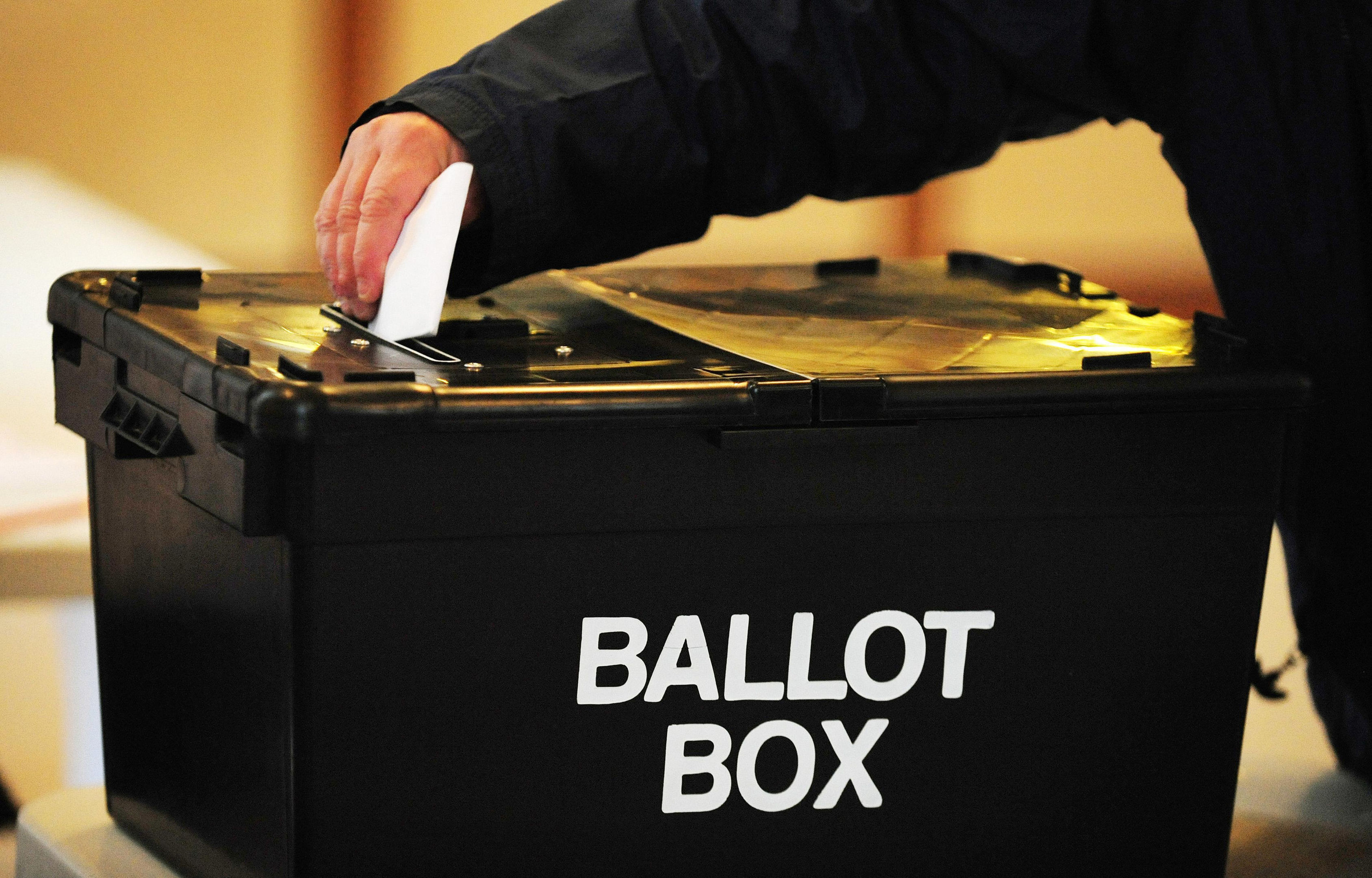
VOTERS switched party allegiances at unprecedented rates in the general election as they tried to game the failing electoral system, according to voting reform campaigners.
Elections are now more like lottery than a real choice with 22 million votes cast in June having no impact on the result, the Electoral Reform Society (ERS) found.
It branded the June vote the “hold your nose” election after an estimated 6.5 million people made tactical decisions and said the Conservatives could have won a majority if just 0.0016% of voters had chosen differently.
The first-past-the-post system is exaggerating divisions because of the huge discrepancy in the number of votes cast in an area for a party and the number of seats it wins and a new system must now be introduced, the ERS said.
Labour won 29% of votes cast in the South East but got just 10% of seats, while Tories won 34% of the North East but returned just 9% of seats, according to its research.
ERS chief executive Darren Hughes said: “For the third time in a row, Westminster’s voting system has failed to do what it says on the tin – produce a strong and stable government.
“June’s election has shown first-past-the-post is unable to cope with people’s changing voting habits – forcing citizens and parties to try and game the system.
“With an estimated 6.5 million people holding their nose at the ballot box, voters have been denied real choice and representation.
“This surge in tactical voting – double the rate of 2015 – meant voters shifted their party allegiances at unprecedented rates, with the second highest level of voter volatility since the inter-war years.
“A system designed for two parties cannot accommodate these complex electoral swings.
“In the nations and regions of the UK, elections now feel more like lottery than a real choice.
“As we’ve shown, tiny shifts in the vote result in drastically different outcomes. Having results hinge on a few hundred voters is no way to run a modern democracy.
“The vast majority of votes are going to waste, with millions still stuck in the electoral black hole of winner-takes-all.”
The report highlighted the huge fluctuations in results between the 2015 and 2017 general elections.
A 43.9% increase in the SNP’s vote share in Glasgow North East recorded two years ago switched to a 9.2% hike for Labour in June.
The ERS called for a new system to be introduced to stop votes being wasted or voters being forced into tactical decisions.
Under its assessment of the Alternative Vote (AV), which was rejected by voters in a 2011 referendum, Labour would have been chief beneficiaries in 2017, gaining 24 seats while the Conservatives would have doubled their majority from 12 to 24 in 2015.
Mr Hughes said: “The real question for our politicians is this: If the two main parties can gain over 80% of the vote for the first time in decades, in a system designed for two parties, and yet both still lose – when will they show the leadership the country so desperately needs and fix our voting system?”

Enjoy the convenience of having The Sunday Post delivered as a digital ePaper straight to your smartphone, tablet or computer.
Subscribe for only £5.49 a month and enjoy all the benefits of the printed paper as a digital replica.
Subscribe